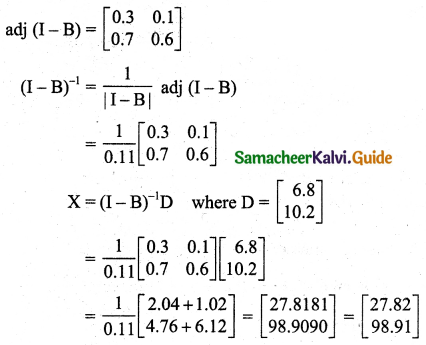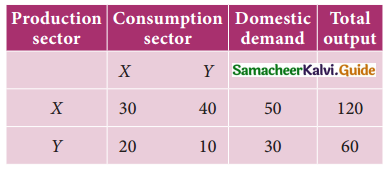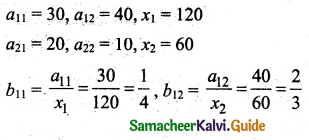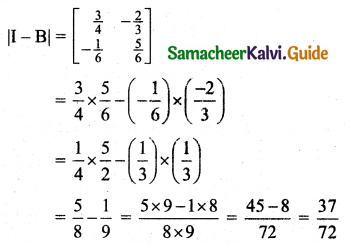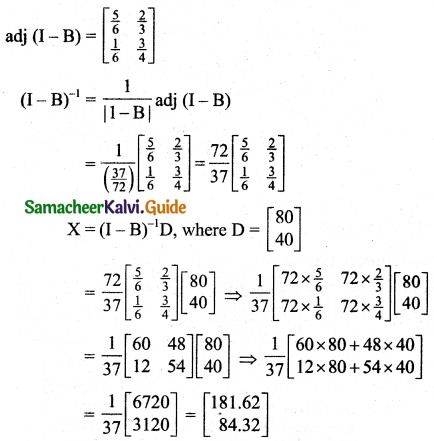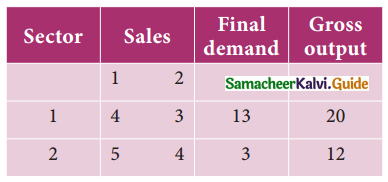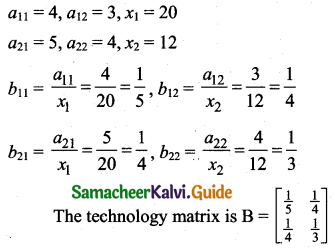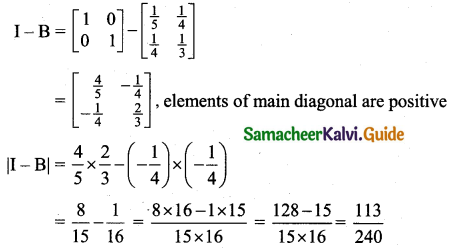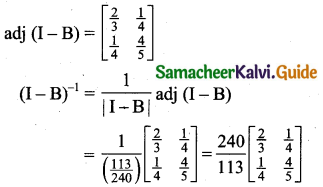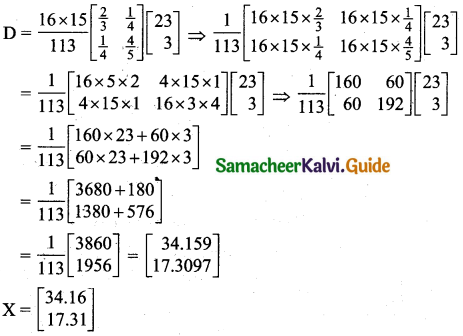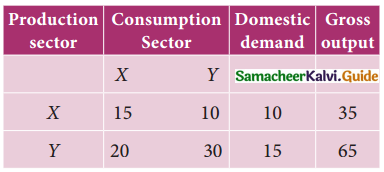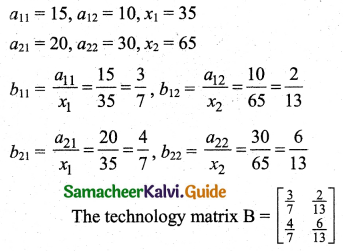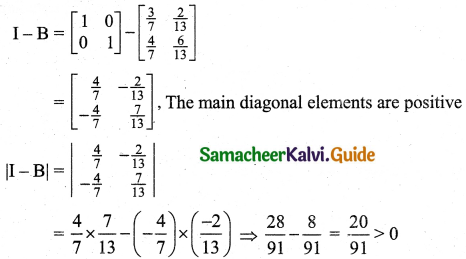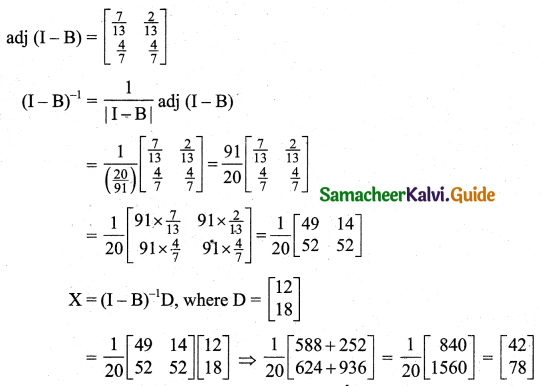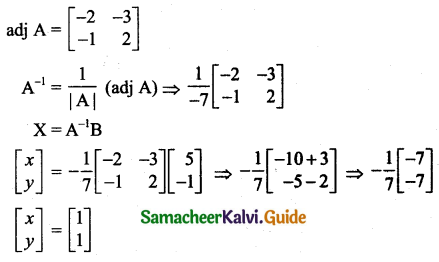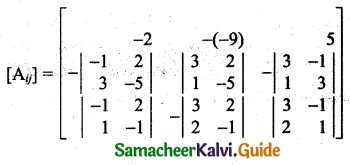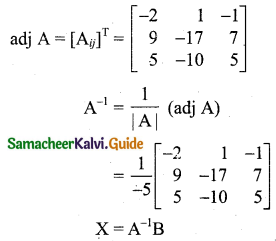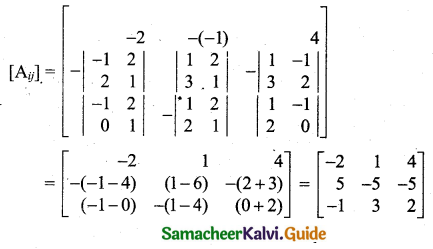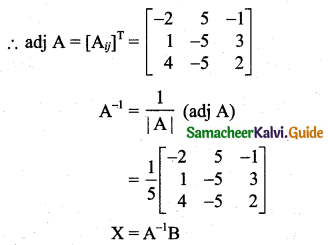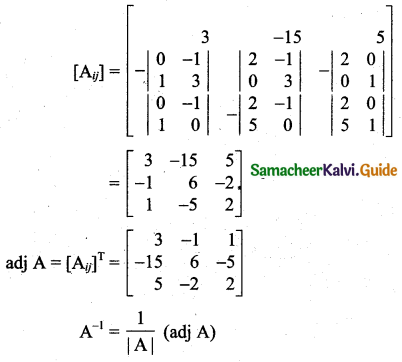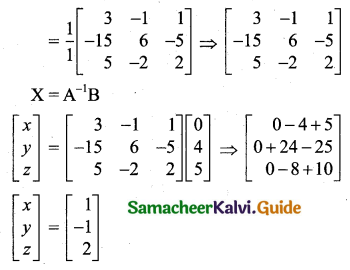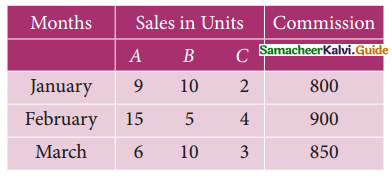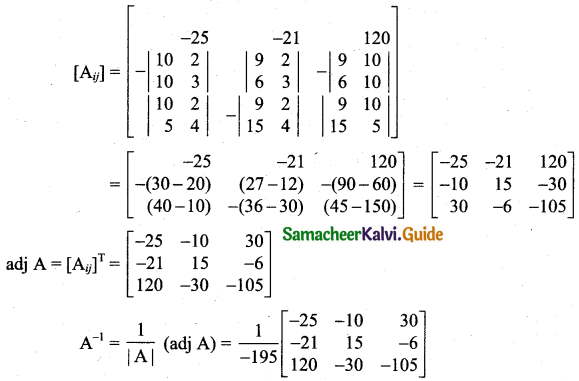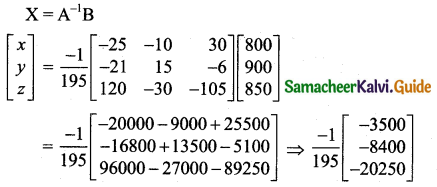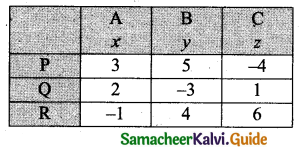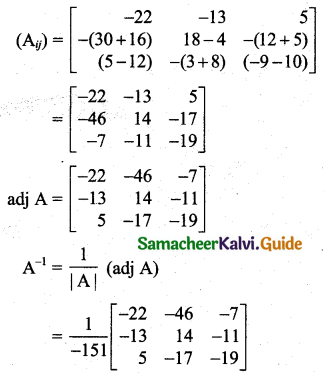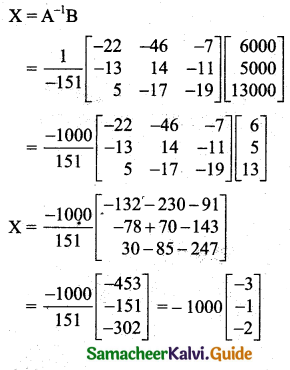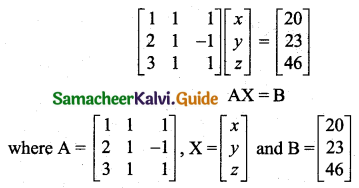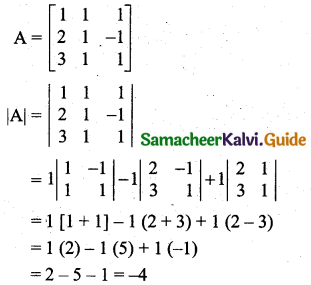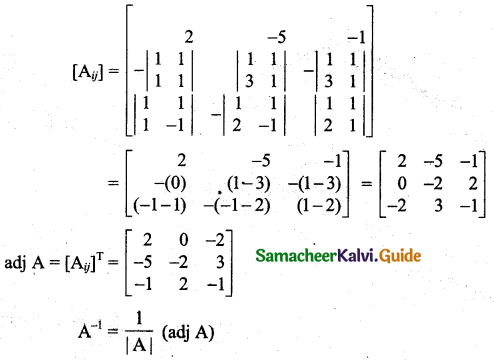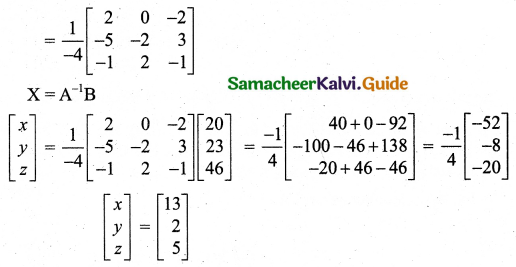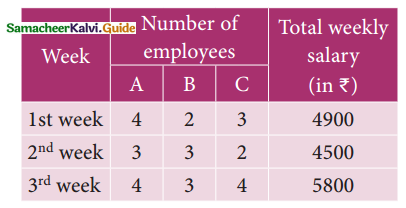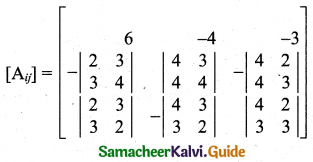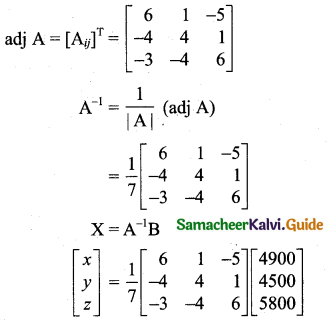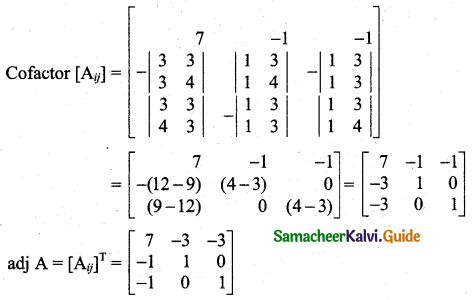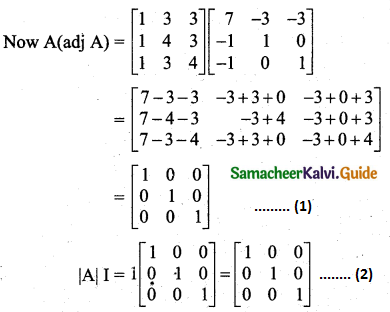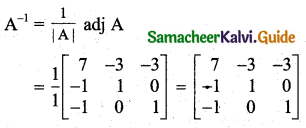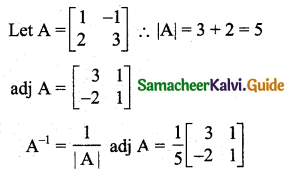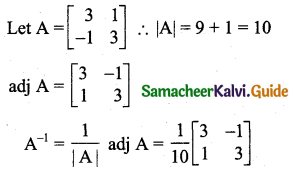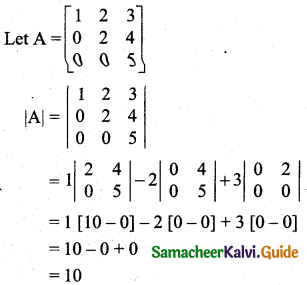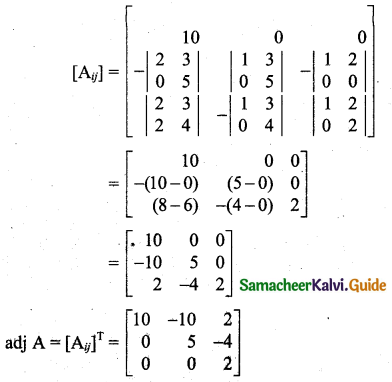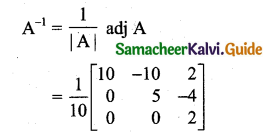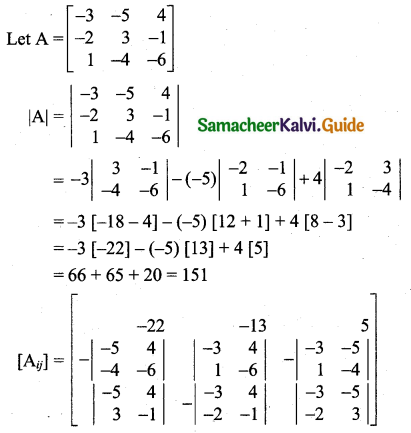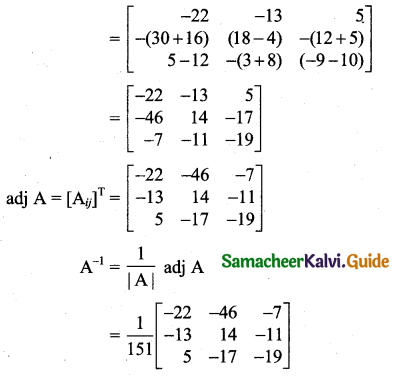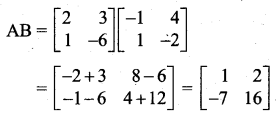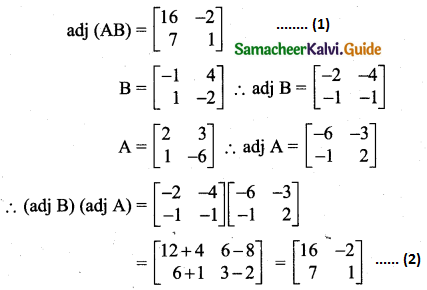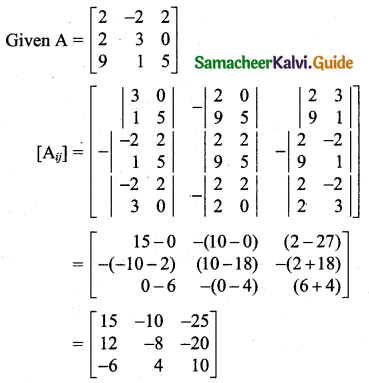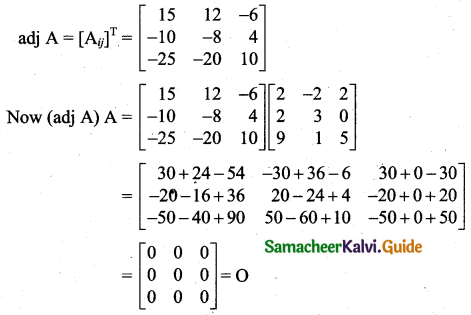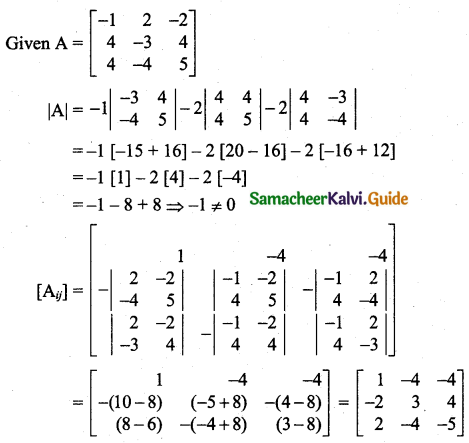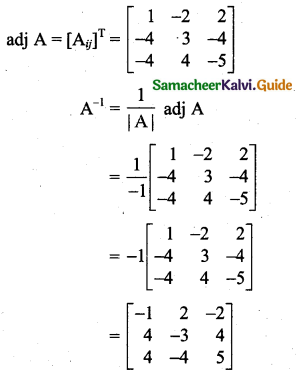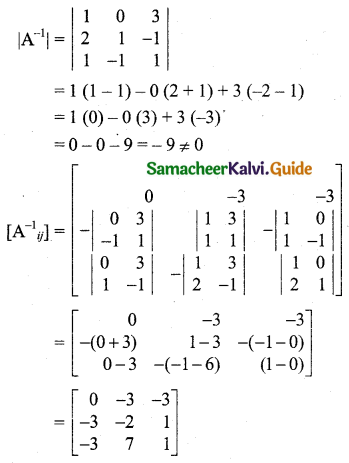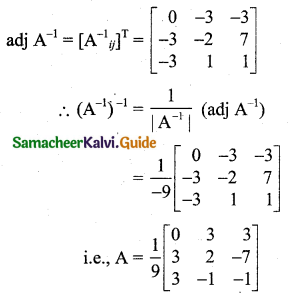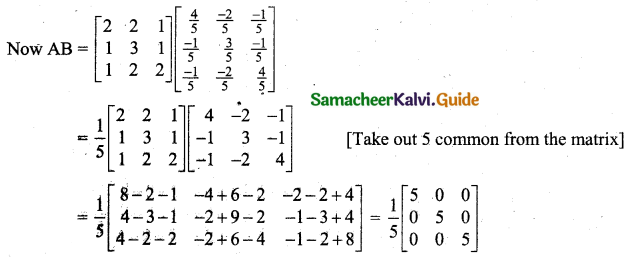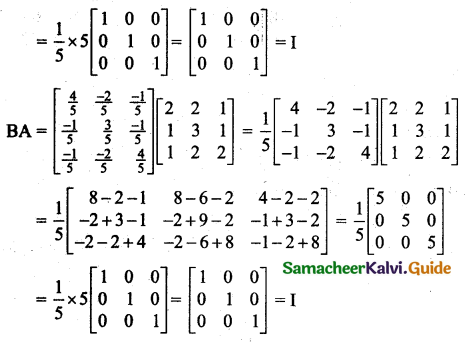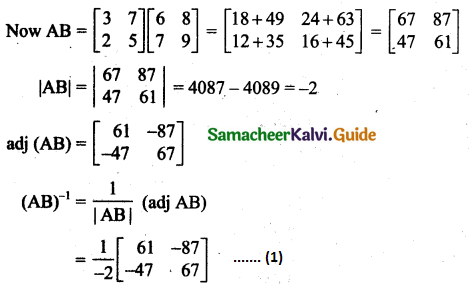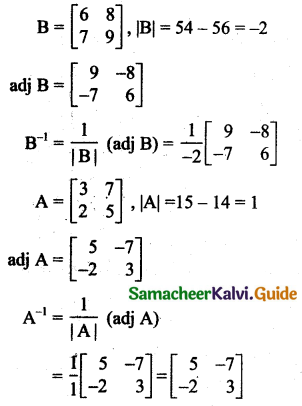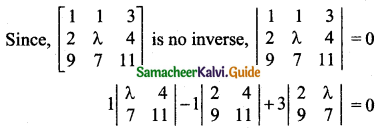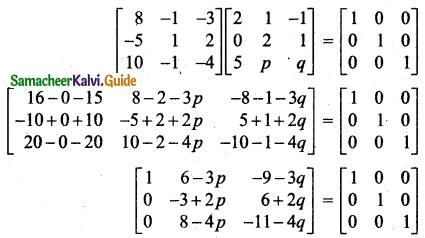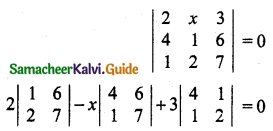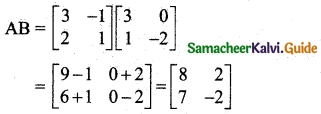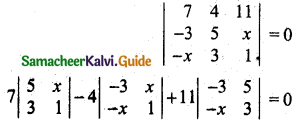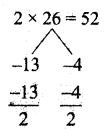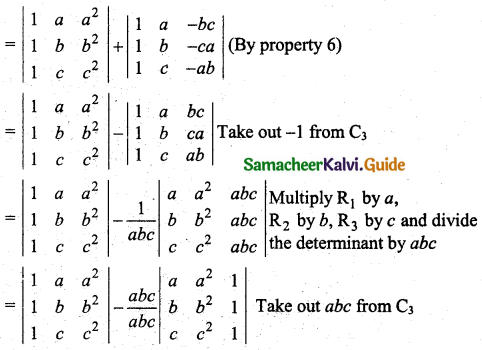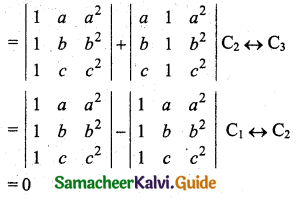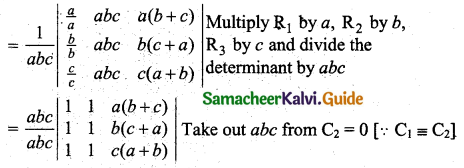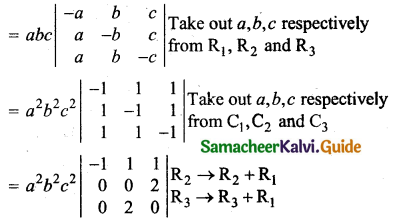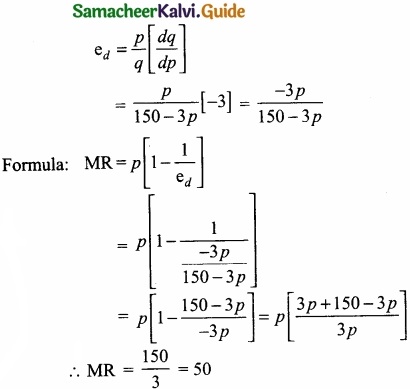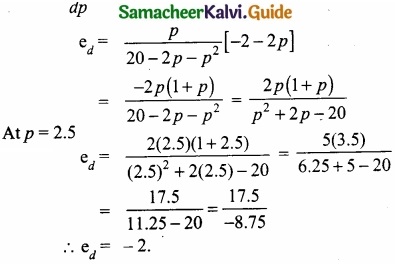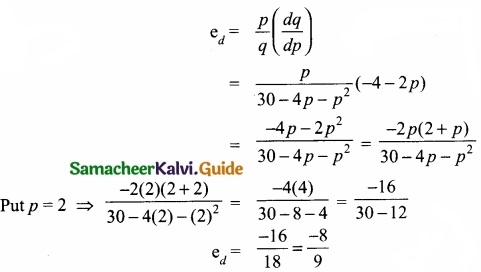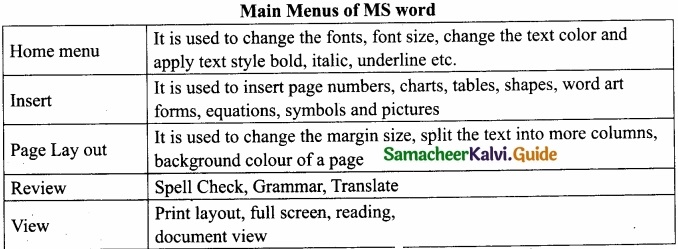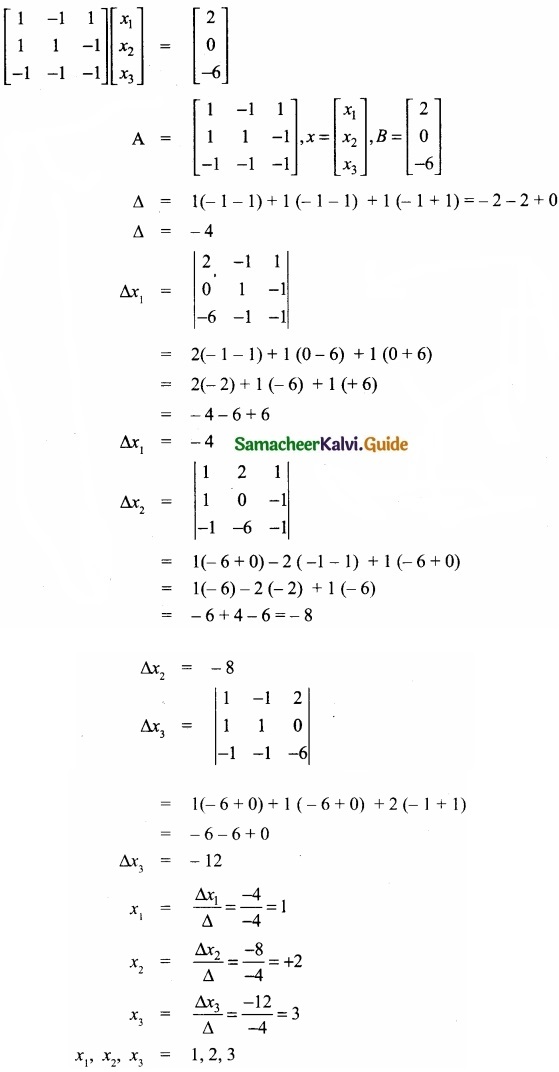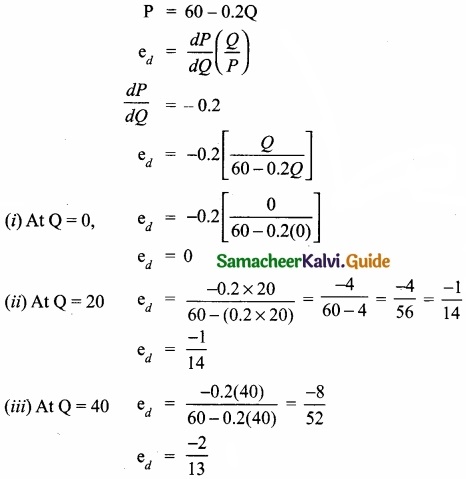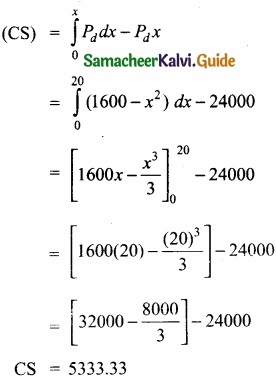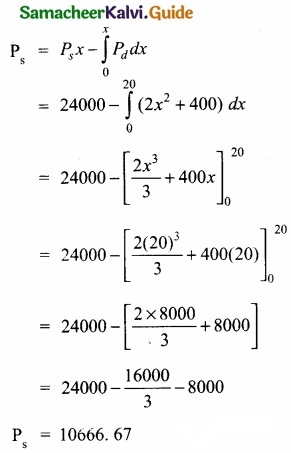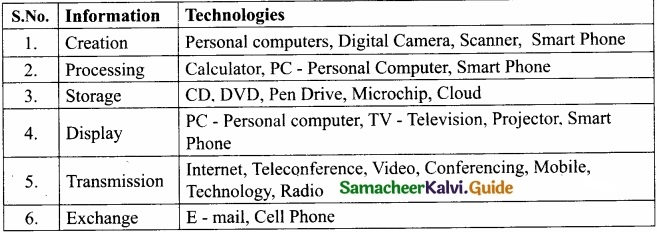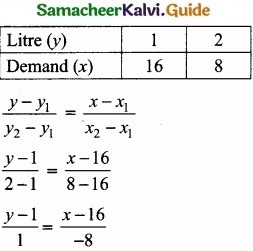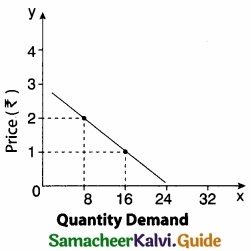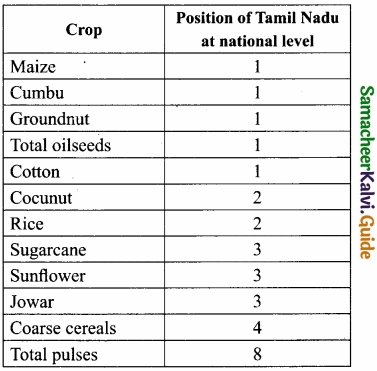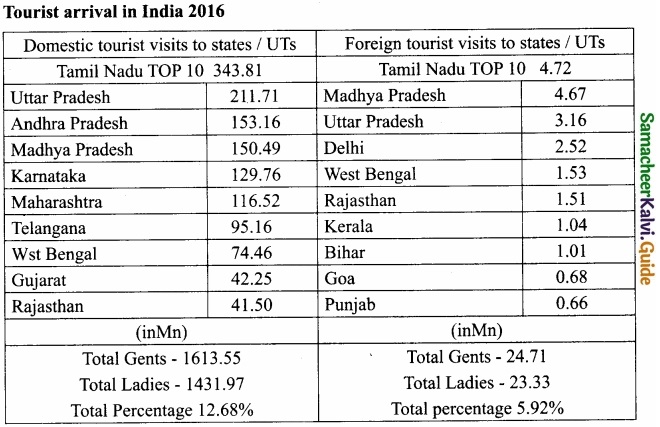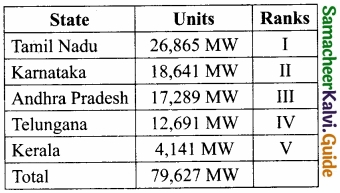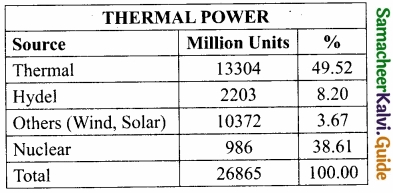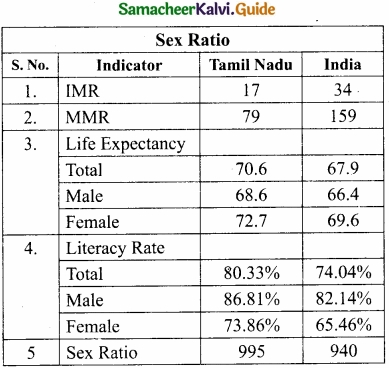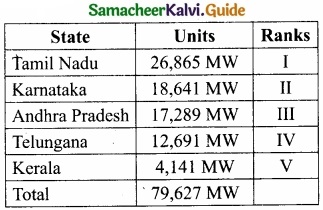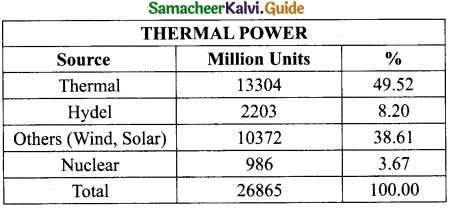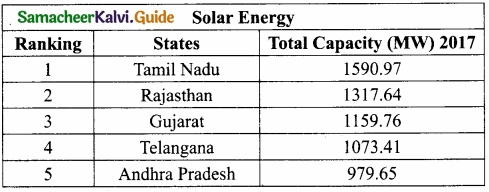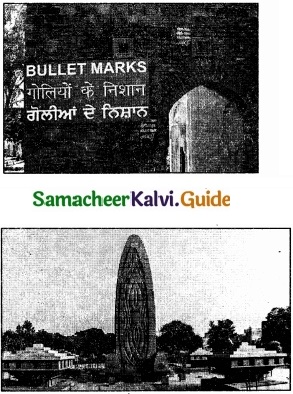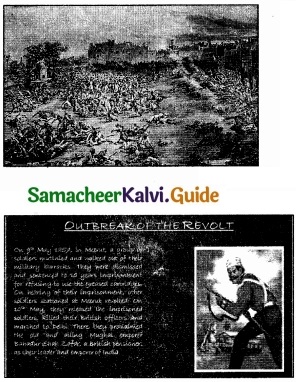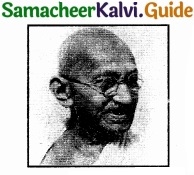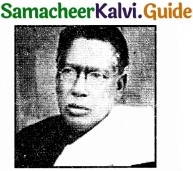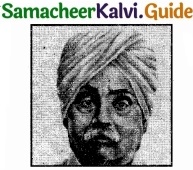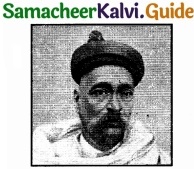Subject Matter Experts at SamacheerKalvi.Guide have created Tamil Nadu State Board Samacheer Kalvi 11th Business Maths and Statistics Book Answers Solutions Guide Pdf Free Download of Volume 1 and Volume 2 in English Medium and Tamil Medium are part of Samacheer Kalvi 11th Books Solutions.
Let us look at these TN State Board New Syllabus Samacheer Kalvi 11th Std Business Maths Guide Pdf of Text Book Back Questions and Answers, Notes, Chapter Wise Important Questions, Model Question Papers with Answers, Study Material, Question Bank and revise our understanding of the subject.
Samacheer Kalvi 11th Business Maths Guide Book Back Answers
Tamilnadu State Board Samacheer Kalvi 11th Business Maths Book Back Answers Solutions Guide Volume 1 and Volume 2.
Samacheer Kalvi 11th Business Maths Book Back Answers
Tamilnadu State Board Samacheer Kalvi 11th Business Maths Book Volume 1 Solutions
Samacheer Kalvi 11th Business Maths Guide Chapter 1 Matrices and Determinants
- Chapter 1 Matrices and Determinants Ex 1.1
- Chapter 1 Matrices and Determinants Ex 1.2
- Chapter 1 Matrices and Determinants Ex 1.3
- Chapter 1 Matrices and Determinants Ex 1.4
- Chapter 1 Matrices and Determinants Ex 1.5
11th Business Maths Book Back Answers Chapter 2 Algebra
- Chapter 2 Algebra Ex 2.1
- Chapter 2 Algebra Ex 2.2
- Chapter 2 Algebra Ex 2.3
- Chapter 2 Algebra Ex 2.4
- Chapter 2 Algebra Ex 2.5
- Chapter 2 Algebra Ex 2.6
- Chapter 2 Algebra Ex 2.7
11th Business Maths Solution Book Chapter 3 Analytical Geometry
- Chapter 3 Analytical Geometry Ex 3.1
- Chapter 3 Analytical Geometry Ex 3.2
- Chapter 3 Analytical Geometry Ex 3.3
- Chapter 3 Analytical Geometry Ex 3.4
- Chapter 3 Analytical Geometry Ex 3.5
- Chapter 3 Analytical Geometry Ex 3.6
- Chapter 3 Analytical Geometry Ex 3.7
11th Samacheer Business Maths Book Chapter 4 Trigonometry
- Chapter 4 Trigonometry Ex 4.1
- Chapter 4 Trigonometry Ex 4.2
- Chapter 4 Trigonometry Ex 4.3
- Chapter 4 Trigonometry Ex 4.4
- Chapter 4 Trigonometry Ex 4.5
11th Business Maths Guide Volume 1 Chapter 5 Differential Calculus
- Chapter 5 Differential Calculus Ex 5.1
- Chapter 5 Differential Calculus Ex 5.2
- Chapter 5 Differential Calculus Ex 5.3
- Chapter 5 Differential Calculus Ex 5.4
- Chapter 5 Differential Calculus Ex 5.5
- Chapter 5 Differential Calculus Ex 5.6
- Chapter 5 Differential Calculus Ex 5.7
- Chapter 5 Differential Calculus Ex 5.8
- Chapter 5 Differential Calculus Ex 5.9
- Chapter 5 Differential Calculus Ex 5.10
Tamilnadu State Board Samacheer Kalvi 11th Business Maths Book Volume 2 Solutions
11th Business Maths Guide Volume 2 Chapter 6 Applications of Differentiation
- Chapter 6 Applications of Differentiation Ex 6.1
- Chapter 6 Applications of Differentiation Ex 6.2
- Chapter 6 Applications of Differentiation Ex 6.3
- Chapter 6 Applications of Differentiation Ex 6.4
- Chapter 6 Applications of Differentiation Ex 6.5
- Chapter 6 Applications of Differentiation Ex 6.6
TN 11th Business Maths Solution Book Chapter 7 Financial Mathematics
- Chapter 7 Financial Mathematics Ex 7.1
- Chapter 7 Financial Mathematics Ex 7.2
- Chapter 7 Financial Mathematics Ex 7.3
11th Std Business Maths Guide Pdf Chapter 8 Descriptive Statistics and Probability
- Chapter 8 Descriptive Statistics and Probability Ex 8.1
- Chapter 8 Descriptive Statistics and Probability Ex 8.2
- Chapter 8 Descriptive Statistics and Probability Ex 8.3
11th Business Maths Book Answer Key Chapter 9 Correlation and Regression Analysis
- Chapter 9 Correlation and Regression Analysis Ex 9.1
- Chapter 9 Correlation and Regression Analysis Ex 9.2
- Chapter 9 Correlation and Regression Analysis Ex 9.3
11th Business Maths Book Pdf Chapter 10 Operations Research
- Chapter 10 Operations Research Ex 10.1
- Chapter 10 Operations Research Ex 10.2
- Chapter 10 Operations Research Ex 10.3
We hope these Tamilnadu State Board Samacheer Kalvi Class 11th Business Maths Book Solutions Answers Guide Volume 1 and Volume 2 Pdf Free Download in English Medium and Tamil Medium will help you get through your subjective questions in the exam.
Let us know if you have any concerns regarding TN State Board New Syllabus Samacheer Kalvi 11th Standard Business Maths Guide Pdf of Text Book Back Questions and Answers, Notes, Chapter Wise Important Questions, Model Question Papers with Answers, Study Material, Question Bank, drop a comment below and we will get back to you as soon as possible.

